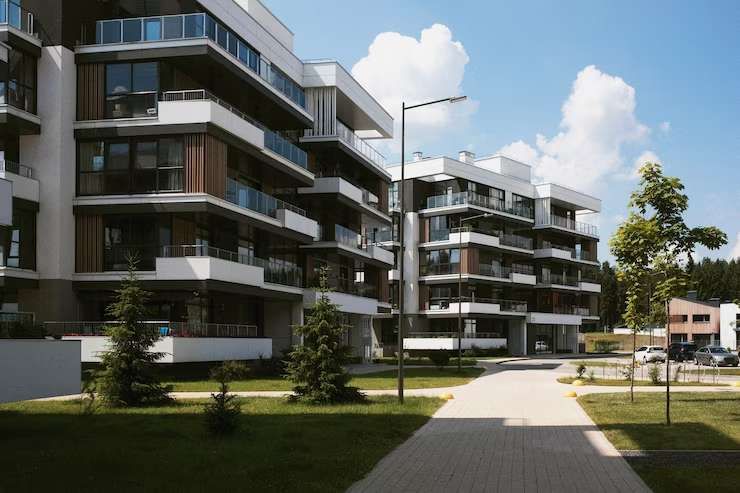In the unique landscape of real estate investing, a recent fad is taking root and promising plentiful returns: Farm-to-Table endeavors. Customarily connected with the culinary world, this development is presently becoming the cornerstone of shrewd real estate investors’ portfolios.
In the constantly evolving real estate landscape, Farm-to-Table investments stand apart as a demonstration of the growth potential when lined up with the values and inclinations of modern consumers.
The Green Shoots of Opportunity

As individuals increasingly look for sustainable and locally obtained items, the intersection of agriculture and real estate offers a one-of-a-kind opportunity for growth and diversification.
1. Reaping Profits in Rural Real Estate
Past the bustling cityscape, rural landscapes are gaining consideration from investors looking for the following huge opportunity. Agricultural properties, once disregarded, are becoming the focal point of groundbreaking investors. Investing in tremendous areas of fertile land gives a stable resource as well as takes advantage of the growing demand for locally produced food.
2. Cultivating Community Connection
Farm-to-table investments go past financial returns; they encourage a feeling of community and connection. By investing in properties that help local agriculture, investors become integral to the sustainable improvement of the community. This reverberates decidedly with inhabitants as well as adds a novel human touch to real estate investing.
3. Harvesting Returns Through Diversification
Diversifying a real estate portfolio is vital to mitigating chances. Farm-to-table investments offer an alternate kind of variety, bridging the hole between customary real estate assets and the agricultural sector. This extraordinary mix can protect investors from market instability and financial slumps.
Understanding The Real Estate Investing Landscape
As the real estate investing landscape advances, the meaning of aligning investments with cultural values is becoming increasingly apparent. The Farm-to-Table development gained by the growing consumer trend of preferring locally obtained items creates a cooperative connection between sustainable agriculture and profitable real estate investments.
1. Sowing Seeds of Sustainability
Sustainability isn’t simply a popular expression; it’s a driving power behind consumer decisions and, subsequently, investment choices. Farm-to-table real estate investments empower investors to add to sustainable practices by supporting environmentally friendly agricultural endeavors. This requests cognizant consumers as well as positions the investor as a hero of mindful turn of events.
2. Tapping into the Local Flavor
Location is a basic factor in real estate, and Farm-to-Table investments influence this by connecting with the local culture and flavor. Investing in properties with agricultural potential permits investors to take advantage of the special offerings of a district. This localized methodology can upgrade the attractiveness and flexibility of the investment.
3. Farming the Future
The future of real estate investing lies in groundbreaking techniques. As the world wrestles with the difficulties of environmental change and resource consumption, investing in sustainable agriculture isn’t simply a smart financial move but a mindful one. Farm-to-table real estate investments position investors as stewards of the land, nurturing both the climate and their financial growth.
Conclusion
In the unique universe of real estate investing, embracing Farm-to-Table development is something beyond a trend; it’s an essential move towards sustainable and socially dependable growth. By sowing the seeds of sustainability, connecting with local communities, and diversifying portfolios with agricultural assets, investors can develop future wealth in both financial returns and positive cultural effects.
Additional:
- Canada Real Estate – Why Is Real Estate So Expensive In Canada
- Atlanta Real Estate Market – How Is The Real Estate Market In Atlanta
- Florida Real Estate Market – How Is The Real Estate Market In Florida

